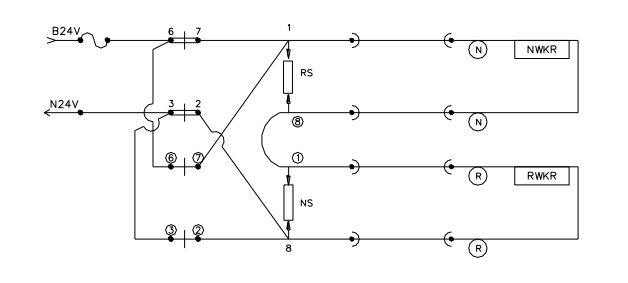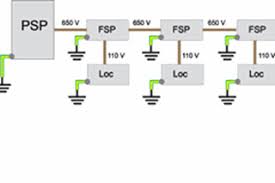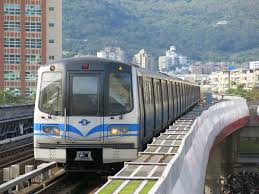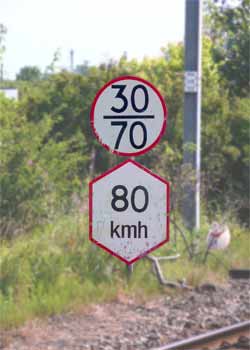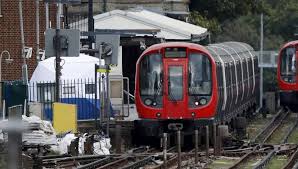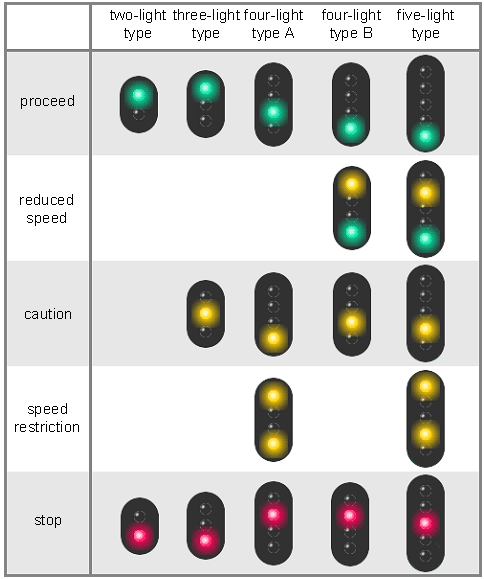Railway Signalling Electrical Detector
Railway Signalling Electrical Detector The electrical detector is an electromechanical device to check the position for correct setting and locking of points through making an electrical contact, which closes a circuit. It has two sets of fixed contacts. In centre, bridging contact assembly on a roller cam shaft, which works in conjunction with the points […]
Continue Reading